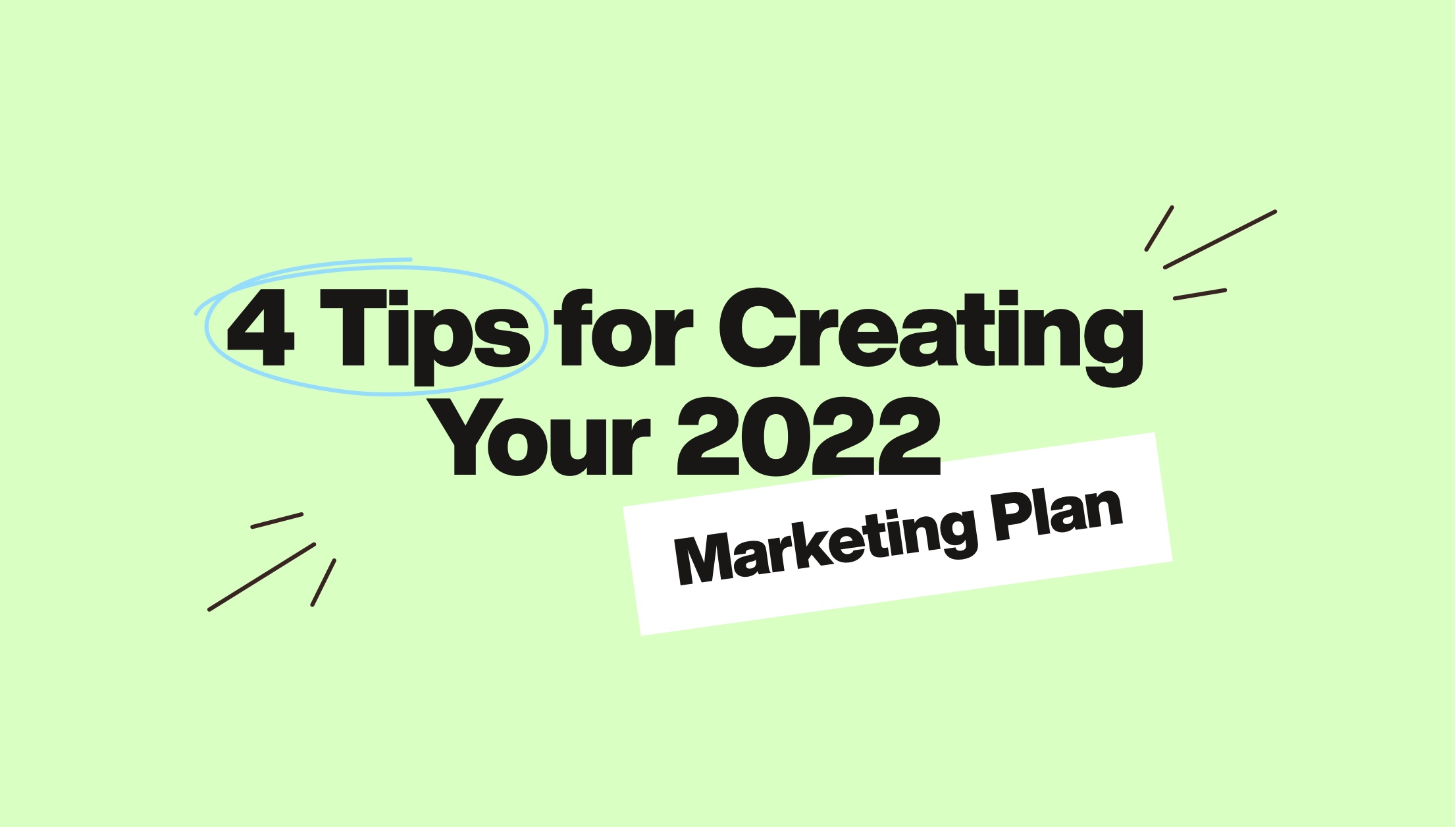Have you checked your social media feed today? We bet you have. In fact, before reading this, you’ve probably already scrolled through dozens of posts online. Most of us spend several hours of the day online and heavily consume digital content on a daily basis. Because of this, the digital world has become a powerful tool for the way we do business.
Digital marketing, including social media marketing, has drastically changed the way brands and businesses can interact with their customers.
Traditional marketing strategies focus on advertising to a broad range of potential customers—what we call “outbound marketing”. And while pushing ads to the general population can give your brand a wider reach, this approach might not be efficient and might turn off people who dislike being served ads or who won’t find your products or services relevant. Imagine being engrossed in a video on YouTube, only to be disrupted by an ad about a product you’re not interested in at all. Annoying, right?
Meanwhile, digital marketing enables brands to employ more targeted efforts. Through digital channels, brands can effectively attract customers through engaging and compelling content. This is called “inbound marketing,” and it is all about building meaningful and substantial relationships with your target audience.
Inbound vs Outbound Marketing
Back in the old days (the 90s), marketers were given the task of promoting a company’s goods and services through advertising. Flood the streets with print ads and television spots to increase awareness and cross your fingers that your ad content is enticing enough for people to buy from you.
Today, the consumer landscape is vastly different. People now have the power to communicate directly with their favourite brands. They also have more influence over other potential customers through reviews and ratings.
Because of this, businesses need to be more attuned to the demands of the consumers. Pushing their self-proclaimed nonpareils to the public has much less impact now than it had decades ago. What works now is a pull method—attracting prospects and customers with content that is tailored to their needs.
Through this, businesses and customers can have more meaningful relationships. Businesses can understand customers better and deliver suitable solutions that address their needs. As a result, customers enjoy a more positive consumer experience and can recommend new prospects to them. Done right, an inbound marketing strategy can grow your business exponentially without the need for expensive broad-based marketing. It helps you ensure that your content is targeted to audiences who are already on the hunt for particular goods and services.
Inbound marketing is also more cost-efficient. Although the exposure that you receive will be far less than a push strategy, the people who see your content are those whom you can likely convert to revenue-generating customers or even ambassadors who can recommend your products. You can get more qualified prospects from an inbound marketing strategy.

What You Need to Know About Inbound Marketing
A good combination of inbound marketing tactics can help your business grow, retain loyal customers, attract new prospects, and eventually drive your revenue up. Your mindset in creating an inbound marketing approach should be to build brand awareness and cultivate a strong customer base, not immediate sales.
Once prospects are aware of and trust your brand, it becomes easier to convert them into customers. The key is to consistently produce high-quality content that attracts prospective customers and offers solutions to their problems. At this stage in the marketing funnel, it is best not to do hard-sell messages just yet. The shopper has only entered the store; do not barrage them with “Buy now!” messages right away, especially if all they set out to do is to look at what options they have.
Perhaps the first thing you need to know about inbound marketing is that it is more customer-focused. You market to your target audience based on what they want and need, not what you want to project to them. Because of the ease of access to information that consumers have today, chances are, they already know what they want and are looking for specific features or services. If your content does not align with what they need, you might as well mark them as a missed sales opportunity.
Stages of Inbound Marketing
Of course, you need to let potential customers know that you exist and can provide what they need. This means creating posts that not just display your products but also explain how your brand can help them. Content should be compelling and value-adding enough to make them pay attention.
You should also ask questions to prompt comments. Engage with people who make comments and start building audience relationships.
This is the next stage of inbound marketing—engaging and connecting with the target market. At this point, it is important to really listen to what your followers are saying and requesting. Feedback from them can serve as valuable input for your content marketing plan and allow you to adapt your posts according to their preferences.
Responding to your customers will also reinforce the developing trust that you are building with them. This is important because people will buy from brands they like and trust. When was the last time you bought something from a shady or ill-tempered shopkeeper?
Finally, when you’ve succeeded in converting your leads into sales, you have to make sure that your after-sales support is top-notch. Marketing goes beyond converting leads to revenue, and includes ensuring that the customer is given due importance every step of the way. Customer delight is a key part of inbound marketing strategies because it not only produces repeat customers but also brand advocates.
Benefits of Inbound Marketing
In a nutshell, what people look for in businesses and brands is value. They ask, “What’s in it for me?” or “Is this worth my time and money?”
A successful inbound marketing strategy takes this into account and curates content that delivers value to their target market. This results in happier customers who feel that the business truly appreciates them.
Inbound marketing strategies can also shorten the sales cycle. Since building trust and engagement are goals of inbound marketing early on in the sales process, it reasonably takes less time and effort to move customers further down the marketing funnel. Less work with higher ROIs? Yes please! That’s the dream, isn’t it?
Is your business ready to grow and transform? Learn more about developing marketing and design strategies that work on our website.




